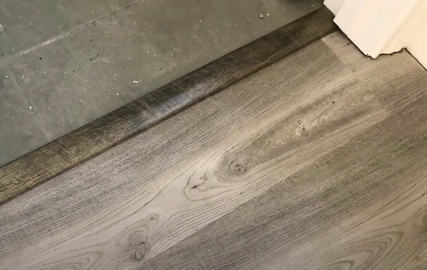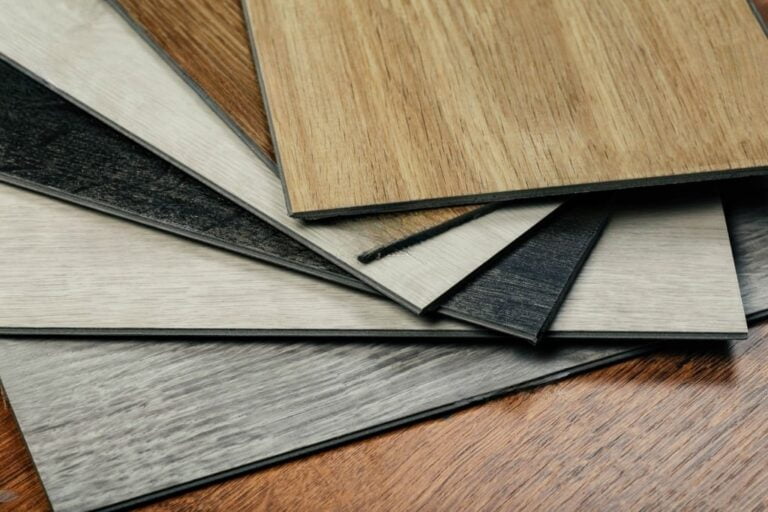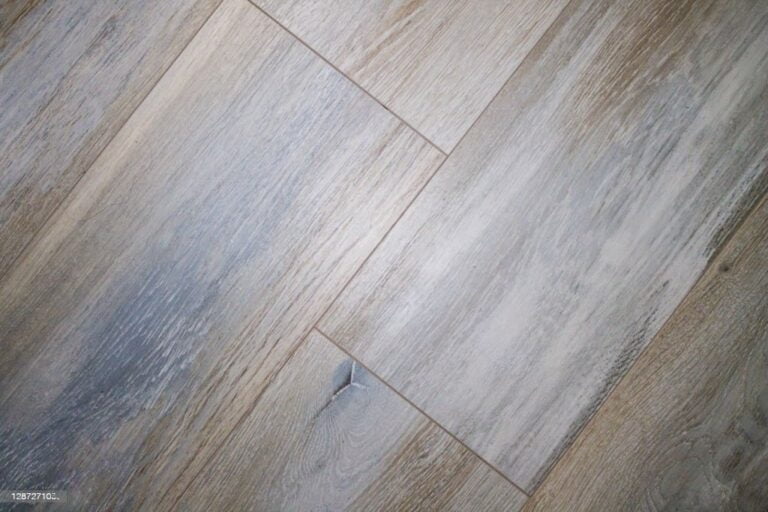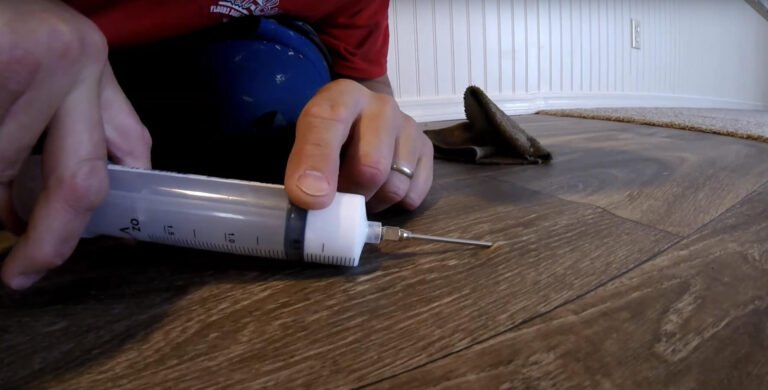Do you need underlay for vinyl flooring?
Underlayment is not always necessary when it comes to vinyl flooring. It only becomes necessary when there is a level transition between the vinyl flooring and the subfloor.

Other factors to consider may include the type of vinyl flooring you have, how heavy it is, whether you need a cushioned floor, and the subfloor’s height.
If you’re still wondering does vinyl flooring needs underlayment, this article will explain what underlayment is and how it benefits vinyl flooring.
If you’re still wondering does vinyl flooring needs underlayment, this article will explain what underlayment is and how it benefits vinyl flooring.
# What is an underlayment?
Underlayment is basically a layer of protection and padding that goes under your vinyl floors to prevent tears from occurring because of these transitions. The main purpose of underlayment is to prevent a tear from getting bigger and creating a hole in the floor. Making this transition less noticeable can reduce the appearance of the transition when it isn’t complete.
# Benefits of underlayment
An underlay for vinyl flooring has several benefits:
- Underlayment adds an extra layer of padding that can reduce the sound coming from your flooring.
- Underlayment can absorb the pressure from walking on your floor.
- Some underlayments are moisture-resistant, which can prevent water seepage into your flooring.
- Underlayment also prevents the possibility of dents in your flooring caused by moving furniture or large items.
- Some types of underlayment are anti-vibration, so they can keep your flooring steady and prevent the buckling and cracking of your vinyl flooring or carpet.
- Underlayment is a great way to extend the lifespan and overall quality of your flooring.
- Underlayment also protects your floors from dirt build-up and from dangerous chemical spills that can cause long-term damage.
- With underlayment, you have the ability to change the colors of your flooring and add texture to it with one easy job.
- You can choose the type of underlayment you want to use and how thick it needs to be.
- Underlayment help keeps the floor warmer during cold months.
Some underlayments are rated for high traffic areas or low traffic areas, which help you decide how often you need to vacuum or have someone up there mopping up water.
# Subfloor considerations when choosing an underlayment
When it comes to choosing a vinyl flooring underlayment the type of subfloor you have is very important.
Concrete subfloor
A concrete subfloor feels very hard underfoot, so find an underlayment that will give it added cushion. It should also provide moisture protection and thermal insulation for the floor, especially when you live in colder climates. The concrete subfloor usually takes on the cold temperature and is porous, so moisture becomes a concern. It is best to also add a moisture barrier, so no moisture is trapped between the subfloor and vinyl flooring.
Plywood subfloor
For a plywood subfloor, it is not necessary to choose an underlayment that offers a moisture barrier. Instead, you may want to choose an underlayment that cushions your foot and dampens the sound, especially when you live in a two-story house, a condo, or any multi-floor buildings. Sound barriers are often a requirement in certain HOA or apartments, so less noise will be heard by your neighbors underneath.
Existing subfloor
When installing vinyl plank flooring over existing subfloors such as tile, linoleum, or hardwood floors, you don’t need to worry about adding a moisture barrier, instead opt for an underlayment that can help cushion and reduce sounds.
# Vinyl flooring considerations when choosing an underlayment
The type of vinyl flooring will also affect your decision on underlayment since they differ in thickness, flexibility, weight, and construction.
Underlayment thickness depends on the weight of the vinyl flooring you’re installing. Usually, underlayments for vinyl flooring that are ¾ inch thick are ideal for laminate and floating floors.
Sheet vinyl
This is the thinnest type of vinyl flooring. Sheet vinyl flooring ranges from ⅛ inch to ¼ inch in thickness, so it doesn’t need anything more than a ¼ – ½ inch underlayment.
Laminate flooring
Also called floating floors, laminate flooring is a bit more complex than sheet vinyl because it can come in a variety of thicknesses. The only underlayment that is needed for laminate flooring is about ¾ inch thick.
Vinyl plank flooring
The best underlayment for luxury vinyl flooring is something that can provide cushion and protection. Many underlayments are available ranging from ¾ to 1 inch thick. This is similar to the underlayment used for vinyl sheet flooring. If you’re installing a floating floor, a moisture barrier is recommended.
Vinyl tile flooring
For luxury vinyl tile flooring a ¾ inch thick underlayment is recommended, however, ¼ inch thick can be used if you have small tiles. Vinyl tile doesn’t require any moisture barrier if the underlayment is added correctly, especially if you’re going to use the peel and stick tiles.
# How to install underlayment?
The steps to installing underlayment are easy to understand.
Step 1: Remove any old flooring from the subfloor.
Step 2: Clean the subfloor thoroughly with a mixture of soap and warm water.
Step 3: Use a putty knife to rough up the subfloor, so the underlayment sticks better.
Step 4: Unroll underlayment on top of the floor.
Step 5: Press the underlayment in place to form a good seal.
Step 6: Trim off any excess.
Step 7: Clean up and let dry naturally.
# Factors to consider when choosing underlayment
The factors that influence your choice of underlayment vary depending on the flooring you’re installing. Thickness, weight, installation method, and other features are all considerations when deciding on an underlayment for your vinyl flooring.
Thickness
As mentioned earlier in this article, thickness is the main factor to consider when choosing an underlayment for your vinyl flooring. The thickness will largely determine if you need something more than just a sheet of ¼ – ½ inch foam.
Weight
Since vinyl flooring comes in many different weights, underlayment choice is also determined by weight. Vinyl flooring can weigh anywhere from 7 to 60 pounds per square foot. If you’re installing your vinyl floor over a concrete slab, look for an underlayment that will support the weight of the vinyl.
Installation Method
Installation should be considered when choosing your underlayment as well. You should think about the method you’ll use to lay your vinyl flooring. This will determine what kind of underlayment you need. A wrong installation method can lead to incorrect underlayment choice.
# Conclusion
The most important factor in choosing the right underlayment is knowing what your flooring needs. Each underlayment has different features that will best suit a certain type of vinyl flooring. Choose the one which satisfies your specific needs.
# Most common questions
Do I need a vapor barrier for vinyl flooring?
A vapor barrier is not needed for vinyl flooring. However, if your vinyl flooring is very old or damaged, it may need a vapor barrier to prevent future damage caused by moisture.
Do I need a moisture barrier under vinyl flooring?
If your vinyl flooring is installed over a wood subfloor, then you’ll need a moisture barrier underlayment. A moisture barrier prevents dampness or liquids from moving through to the flooring.
Can mold grow under vinyl flooring on concrete?
Moisture can build up under vinyl flooring on concrete and cause mold build-up. In this case, you’ll need an underlayment that has moisture barrier properties to prevent this.


